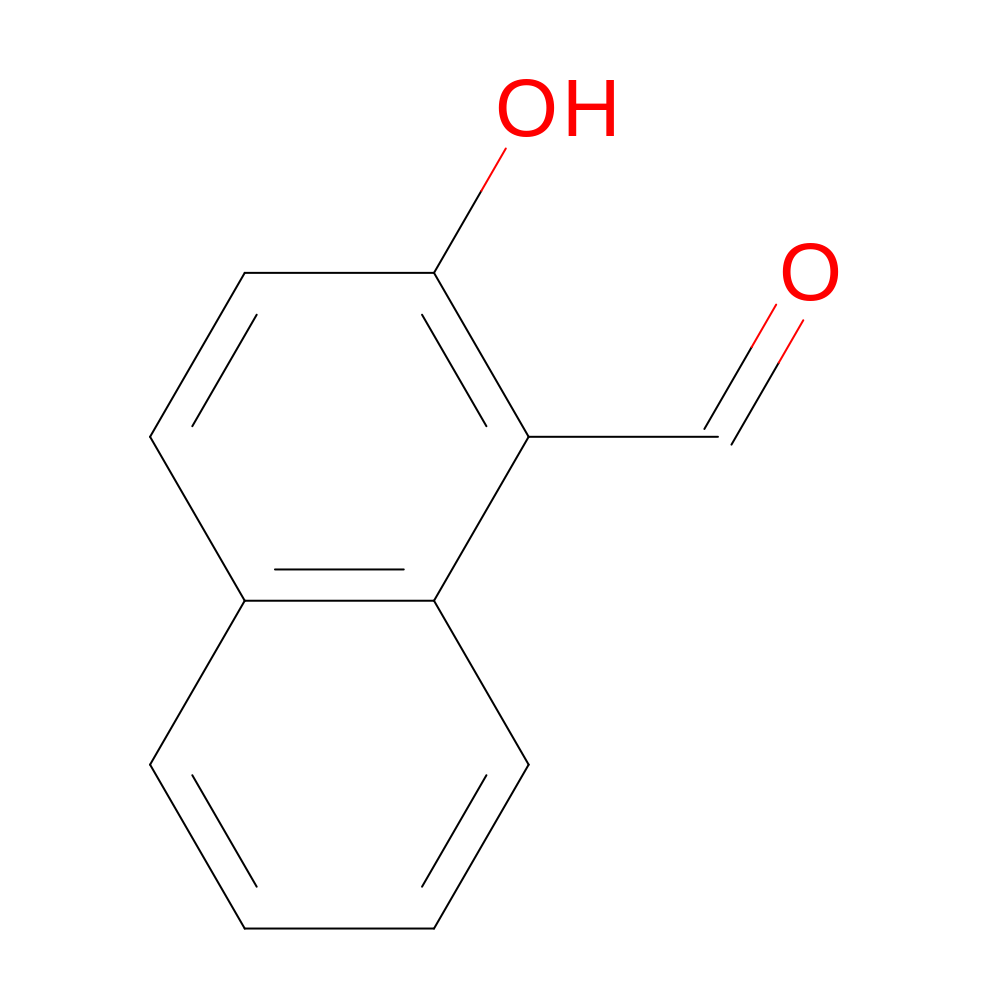5U16
Target information
- RCSB PDB
- 5U16
- Title
- Structure of human MR1-2-OH-1-NA in complex with human MAIT A-F7 TCR
- Method
- X-RAY DIFFRACTION
- Resolution
- 2
- Classification
- IMMUNE SYSTEM
- Organism
- Homo sapiens
- Protein
- Major histocompatibility complex class I-related gene protein (Q95460)
- Year
- 2016
- Publication Title
- Drugs and drug-like molecules can modulate the function of mucosal-associated invariant T cells.
- Abstract
-
The major-histocompatibility-complex-(MHC)-class-I-related molecule MR1 can present activating and non-activating vitamin-B-based ligands to mucosal-associated invariant T cells (MAIT cells). Whether MR1 binds other ligands is unknown. Here we identified a range of small organic molecules, drugs, drug metabolites and drug-like molecules, including salicylates and diclofenac, as MR1-binding ligands. Some of these ligands inhibited MAIT cells ex vivo and in vivo, while others, including diclofenac metabolites, were agonists. Crystal structures of a T cell antigen receptor (TCR) from a MAIT cell in complex with MR1 bound to the non-stimulatory and stimulatory compounds showed distinct ligand orientations and contacts within MR1, which highlighted the versatility of the MR1 binding pocket. The findings demonstrated that MR1 was able to capture chemically diverse structures, spanning mono- and bicyclic compounds, that either inhibited or activated MAIT cells. This indicated that drugs and drug-like molecules can modulate MAIT cell function in mammals.
- External Link
- RCSB PDB
Ligand information
- HET
- 7WO
- Chain ID
- A
- HET Number
- 301
- Molecular Formula
- C11H8O2
- Structure
-

- IUPAC Name
- 2-hydroxynaphthalene-1-carbaldehyde
- InChI
- InChI=1S/C11H8O2/c12-7-10-9-4-2-1-3-8(9)5-6-11(10)13/h1-7,13H
- InChI Key
- NTCCNERMXRIPTR-UHFFFAOYSA-N
- Canonical SMILES
- c1cccc(c12)ccc(O)c2C=O
- Bioactivity data
- CI000035
Covalent Binding
- Warhead
- Aldehyde
- Reaction Mechanism
- Imine Condensation
- Residue
- LYS : 43
- Residue Chain
- A
- Interactions
- Pharmacophore Model